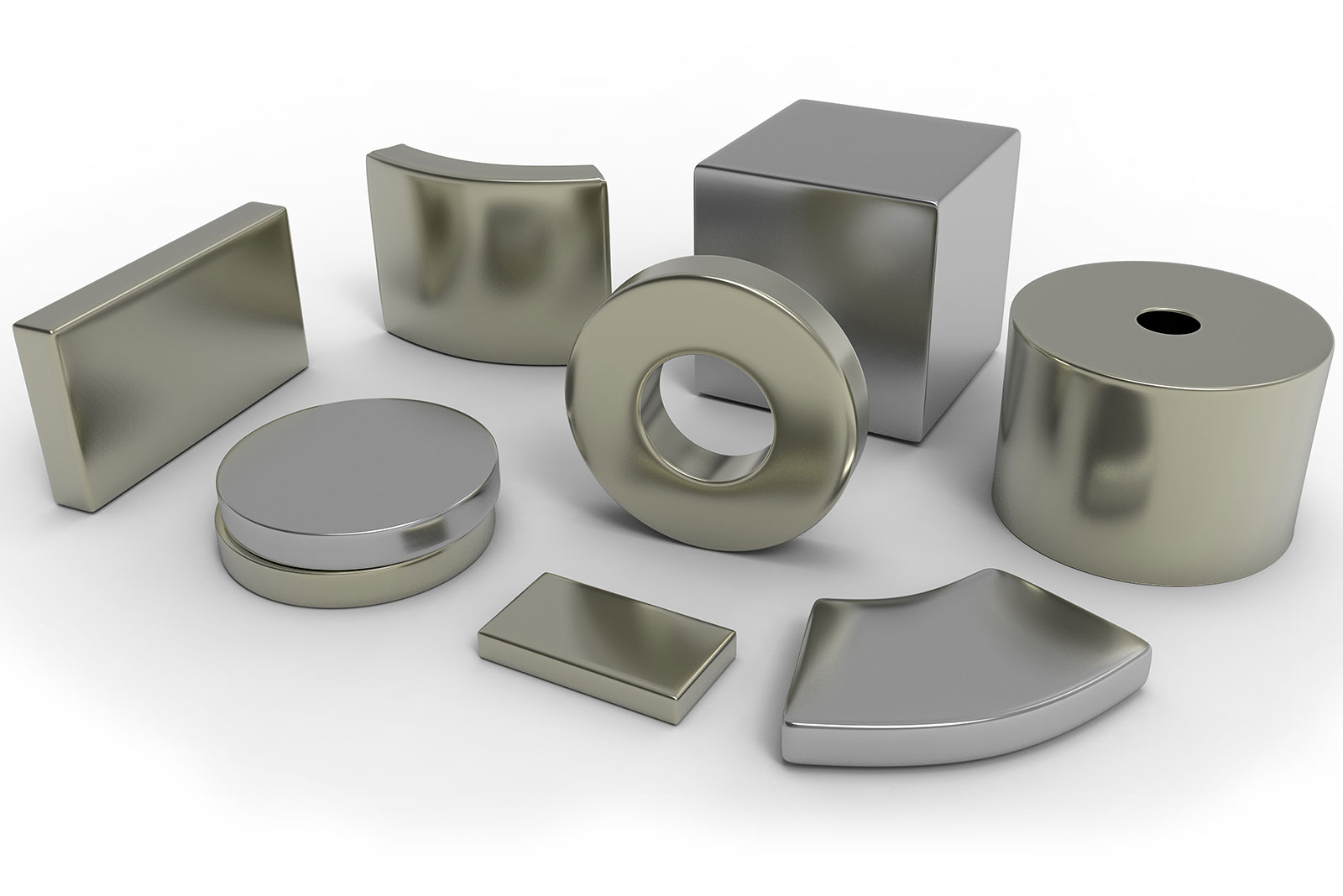Inside the Production Line: The Making of Neodymium Rod Magnets
In the world of magnets, Neodymium rod magnets hold a position of strength—quite literally. With superior magnetic power and durability, they have found usage in a diverse array of industries, from technology to healthcare. But how are these potent magnets created? Let’s delve into the fascinating process of making Neodymium rod magnets.
What Are Neodymium Rod Magnets?
Neodymium rod magnets, part of the rare-earth magnet family, are renowned for their exceptional magnetic power. Produced from an alloy of neodymium, iron, and boron (NdFeB), these magnets are the strongest available permanent magnets. Owing to their strength, they’re used in numerous applications, from hard disk drives to electric motors and magnetic fasteners.
Raw Materials and Components
The manufacture of neodymium rod magnets begins with the sourcing of primary components. Predominantly, neodymium, iron, boron, and other trace elements are required. Neodymium is a rare earth metal, and its combination with iron and boron results in a potent magnetic force.
The Manufacturing Process
The manufacturing journey of neodymium rod magnets is a meticulous one, involving several critical stages:
Alloying: The raw materials—neodymium, iron, boron, and other trace elements—are precisely weighed and melted together in a vacuum induction furnace. This fusion forms a specific alloy.
Milling: The resultant alloy is then jet-cooled and crushed into a fine powder, a step vital for the magnetic alignment later in the process.
Pressing: The fine powder is pressed under tremendous pressure in the presence of a magnetic field, thereby orienting the magnetic field in a preferred direction.
Sintering: This stage involves heating the pressed magnet in a vacuum furnace. The heating process, sintering, helps in binding the particles together without reaching the melting point of the alloy.
Machining: After sintering, the magnet is cut or ground to the desired shape and size. Given the hardness of the magnet, diamond tools are often used for the machining process.
Coating: To protect the magnet from corrosion, a protective layer—typically nickel or epoxy—is applied. This coating shields the magnet from environmental threats and enhances its lifespan.
Magnetizing: Finally, the finished magnet is exposed to a powerful magnetic field, effectively magnetizing it. This process aligns the particles, rendering the magnetic field of the finished product.
Quality Control in Magnet Production
Quality control is integral to the production of neodymium rod magnets. After manufacture, the magnets are subjected to stringent testing procedures to ensure they possess the required magnetic properties. Defects, if any, are identified using sophisticated imaging techniques, and corrective actions are swiftly undertaken.
The Future of Magnet Manufacturing
The future of magnet manufacturing looks promising, with advancements in technology expected to streamline the process further. Concerns about sustainability and responsible sourcing of raw materials are also likely to shape future methodologies, driving innovation in the manufacturing process.
Conclusion
Understanding the manufacturing process of neodymium rod magnets offers insight into the meticulous efforts that go into creating these small, yet incredibly powerful components. As we continue to rely on these magnets, their efficient and sustainable production will remain a focus for the industry.
PERMAG Products is a leading supplier of liquid magnet trap, and we are committed to providing our customers with the highest quality products available on the market. Thanks to our state-of-the-art manufacturing process, we are able to produce magnetic rods that meet the most stringent quality standard.
